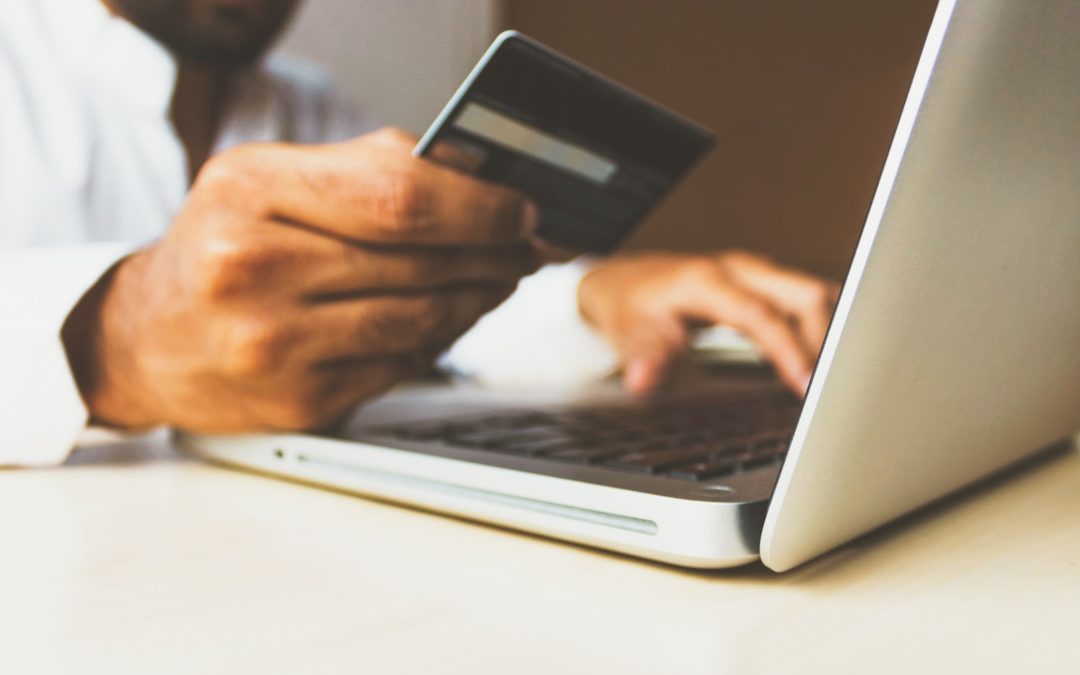The pandemic has certainly changed many of our purchasing habits, and with the approaching holidays, we will continue to do more online shopping than ever before. Before you start though, you should know that shopping online isn’t always super safe. It’s important to protect your finances as well as your identity. Here are a couple of tips to increase the security of your online presence.
Password Protection
I have mentioned this many times in past articles, but I can’t stress it enough. Strong passwords are a big deal. If you have credit cards through retailers and your password gets hacked, they have full access to your financial information. Utilize a password manager so that you can make sure your password information is always secure.
Credit Card Protection
Typing in your credit card information on websites can be a gamble. The site might not be as secure as you would hope. There are a few companies out there that will create a card for one retailer alone. You can put a spending cap on the card and even make it a one-time use option. This is a nice option to avoid revealing your actual bank card information to the wrong viewer.
Identity Protection
Another part of your online presence that should be protected is your identity. Your name, phone number, email address, and mailing address are just as valuable to the wrong sort of people as your finances are. When shopping online, if you have a PO Box, use it instead of your physical address. On top of that, there are companies that allow you to create a protected email address and phone number so that you don’t have to give your personal information out. Instead, all the information you give is provided through an app rather than a direct line to phone and email.
The internet is a giant realm of information. It’s a good idea to take precautions and secure your information. It might seem daunting, but it’s actually a good way to get to know the security options that are out there. Knowledge is power, especially when it comes to protecting your financial information and online identity.
Photo by rupixen.com on Unsplash

